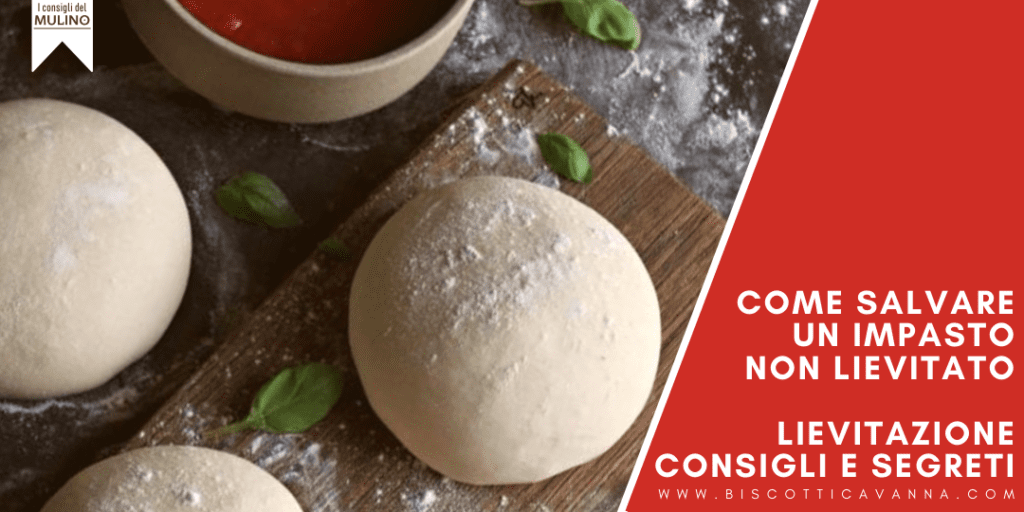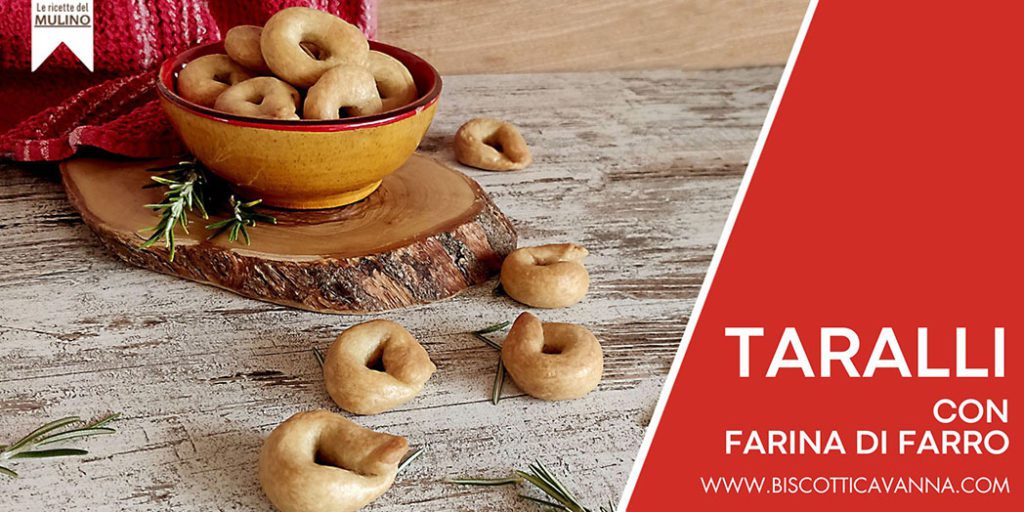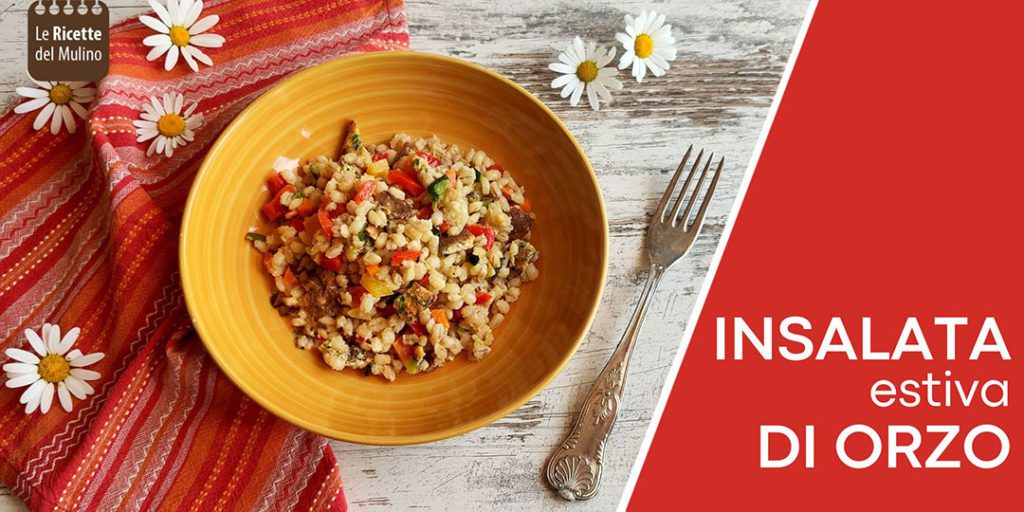Milk allergy and lactose intolerance are not the same thing.
Food intolerances are part of a larger group of disorders defined as adverse reactions to food.
Both allergies and food intolerances are part of this group. This topic involves more and more people, so it is good to shed light on the differences, the various types, and what can and cannot be eaten as appropriate. In the article you will find:
- Difference between food allergy and food intolerance
- Food intolerances
- Lactose Intolerance
- Lactose-free feeding
- Milk Allergy
- Dairy-free feeding
DIFFERENCE BETWEEN FOOD ALLERGY AND FOOD INTOLERANCE
Our body reacts by producing antibodies that, upon contact with the allergen, trigger a reaction that causes the allergic reaction.
In case of allergy, it is necessary to completely eliminate the food that triggers the reaction.
Less common than intolerances but can sometimes be more dangerous because they can cause severe reactions such as anaphylactic shock.
Intolerance, on the other hand, does not involve the immune system but occurs when the body cannot digest certain substances.
Intolerances are much more common and widespread than food allergies.
In cases of intolerance, it is not necessary to permanently eliminate the food that triggers the reaction; however, it is necessary to take in small amounts or eliminate the cause for a first period and then gradually reintroduce it.
Although less dangerous, food intolerances are not to be neglected as they are capable of bringing about a very significant impact on the quality of life of the sufferer.
FOOD INTOLERANCES
There is currently a classification, proposed by the European Academy of Allergology and Clinical Immunology, that distinguishes reactions to food into toxic and nontoxic.
Toxic, or poisoning, reactions are caused by the presence of toxins in the food and depend solely on the amount of toxic food that is ingested, e.g., poisoning from ingesting mushrooms.
Non-toxic reactions, on the other hand, depend on the susceptibility of the individual and are divided into allergies and intolerances.
Intolerances, in turn, are divided into:
- ENZYMATIC INTOLERANCES: determined by the inability to metabolize certain substances in the body.
The most common enzyme intolerances are Lactose, Gluten (for more information on gluten allergy/intolerance see our specific article found here) and so-called Favism. - PHARMACOLOGICAL INTOLERANCES: occur in individuals who have a particular reactivity to certain molecules in certain foods.
- INTOLERANCES TO ADDITIVES in food.
LACTOSE INTOLERANCE
Lactose intolerance is the most common food intolerance, ranging from 2 percent of the population in northern European countries to nearly 100 percent in Asian countries.
Lactose, found in milk, yogurt and cheese, consists of glucose and galactose.
Because of its characteristics, however, lactose is also used extensively in the food industry as an ingredient and/or additive in various products and preparations such as candies, ice cream, sauces, gravies … Lactose intolerance is caused by theabsence or low presence of lactase, which is the enzyme that breaks down lactose into glucose and galactose.
Lactose, instead of being digested normally in the stomach and small intestine moves to the colon, where it is fermented by the bacterial flora resulting in the production of gas, bloating, abdominal pain, and diarrhea, which are all easily recognizable symptoms of lactose intolerance.
All of these symptoms are certainly annoying and can cause one to live differently from others but are not directly dangerous to the body.
Lactose intolerance is a disorder that can appear in a person at any age and can manifest itself to a greater or lesser degree depending on the individual and depending on the type and amount of food ingested.
LACTOSE-FREE FEEDING
Symptomatology regresses by eliminating sources of lactose from the diet, but without necessarily giving up all dairy products.
Today, the wide range of lactose-free or delactose-free products on the market allows intolerant individuals not to completely give up milk and its derivatives; in fact, aged cheeses (such as grana, parmesan, provolone, and pecorino) generally do not give problems since the aging process greatly reduces lactose and therefore it is nonexistent or not problematic in the final product.
On the other hand, cow’s, goat’s and other animal milk, fresh cheeses (mozzarella, certosa and soft cheeses) and all milk products (ice cream, butter, creams, bread, baked goods, milk chocolate…) should be avoided altogether.
Alternatively, delactose (lactose-free) milks and dairy products enriched with Lactobacillus acidophilus (a lactose-digesting bacterium) It is recommended that people with intolerance carefully read the list of ingredients mandatorily listed on food labels since lactose is often used as an additive and therefore present even where we would not have imagined.
MILK ALLERGY
Cow’s milk allergy is most prevalent in the early years of life (2-3% of children), tends to resolve as the digestive tract matures during growth, and persists in adults in only 0.5% of cases.
Milk allergy involves the immune system and is therefore more severe than lactose intolerance.
If you are allergic, your body reacts to proteins from milk and other dairy products as if they were dangerous invaders of the body, enemies, thus developing antibodies.
After an initial asymptomatic exposure if you ingest even a very small amount of this food, it is enough to trigger a potentially severe allergic reaction.
DAIRY-FREE FEEDING
In case of a milk allergy , one must give up milk, dairy products and other foods that contain milk proteins completely.
Nowadays there are countless plant-based alternatives to milk, cream, yogurt and cheese available.
Rule number one: always read food labels.
Look for milk, milk protein, milk powder, dairy products in general, and anything that makes you suspect the presence of milk protein.
THE RIGHT BREAKFAST: DAIRY-FREE AND LACTOSE-FREE
After clarifying what dairy-free and lactose-free means, we recommend some of our products that DO NOT CONTAIN MILK AND lactose and therefore meet the needs listed above.
Different types to satisfy all palates, from the more delicate ones like the Apple and Wheat Biscuits with apple pulp, to the gluttonous ones like the Pear and Chocolate Biscuits with pear pulp, to the cocoa ones like the Cocoa and Cereal Biscuits with peach pulp.
Not to mention the Spelt and Apple Cookies with 100% spelt flour, one of our most established recipes, packaged in 300 g bags or individually in single portions perfect for taking with you to the office, school or outdoor outings.
These cookies are made with flours stone-ground in our mill, Mulino della Riviera di Dronero, and with fruit pulp from the Cuneo area and sunflower oil, with no milk, no butter and no other additives. 👉 If you liked this article you might also like to learn more aboutEgg Allergy and Celiac Disease vs Gluten Intolerance













